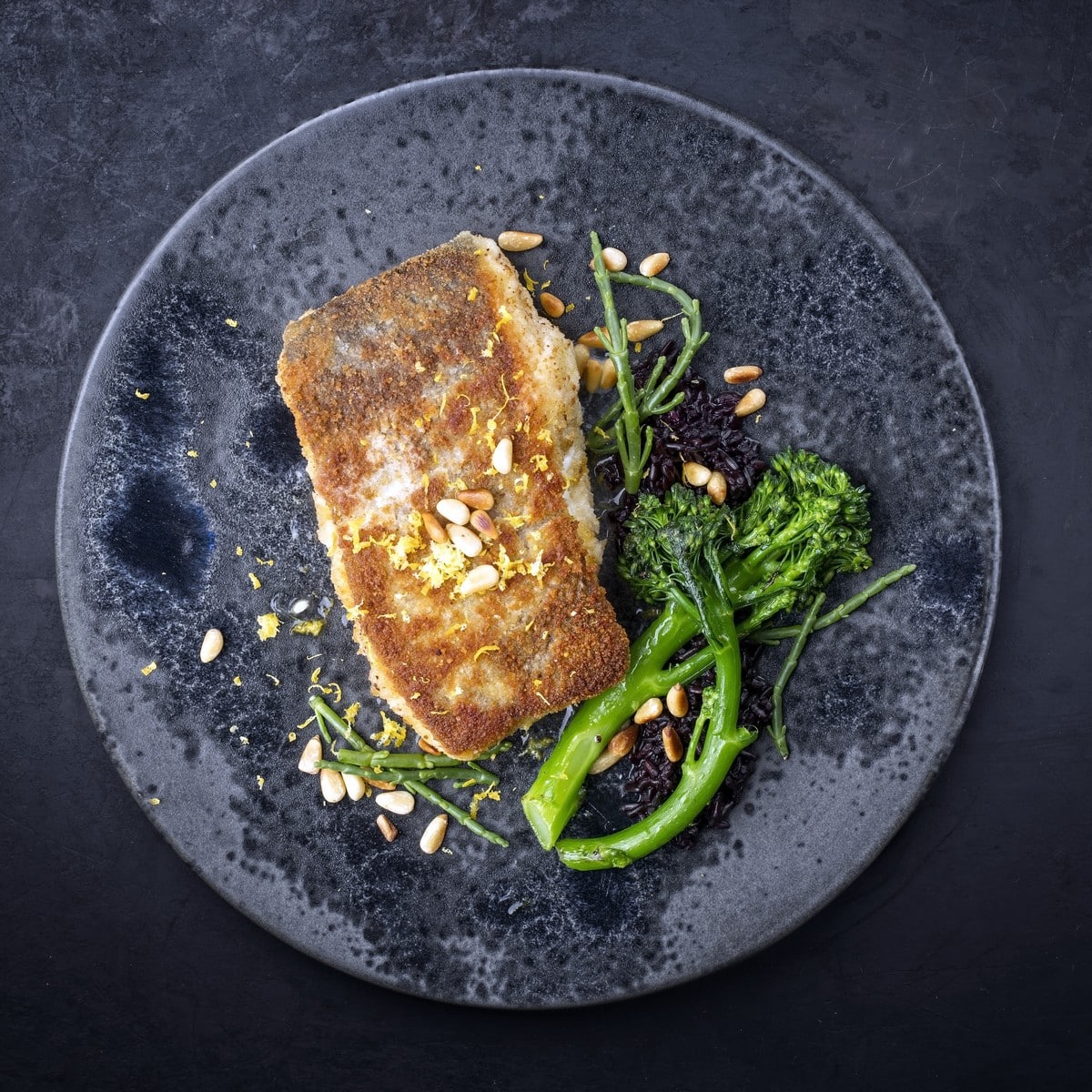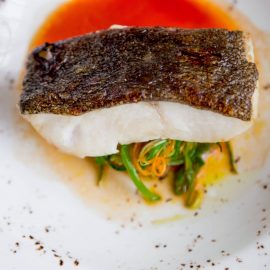
A typical delivery consists of a fresh frozen 1-pound portion, carefully packaged in an individually packaged bag.
Product Information
- The thick upper loin of the whole fish is used for each strip of sashimi in a pack
- Sushi fish is one of the best in the world
- Each person needs 150g of fish for a main course of sushi
Gindara is a Japanese term that stands for black cod. Historically, the black cod from the deep sea waters of Alaska (sometimes called sablefish, another fish in the cod family) is popular in Japanese sushi bars, which take most of the catch. The texture is silky and the oil content is high.
It is customary in Japanese cuisine to serve black cod as sashimi. There is no taste added, so you can use whatever excess marinade you have or come up with your own creative ideas. It will be easier to shape your sushi with a larger strip of sashimi. Sharp knives are a must!
As an appetiser or a main course cuisine, black cod fillets sashimi taste great. In addition to its buttery flavor, the sashimi complements white wine, olive oil, and garlic well, so it is ideal to lay it flat on a baking sheet, though it can also be simply seasoned with salt.
Storage Instructions
As soon as the Gindara Black Cod sashimi and large fillets arrive, they can be placed in the refrigerator for immediate use as sashimi. In the case of raw intake, it should be consumed within two to three days. In any case, the fish portion is perfect for searing, or for poke meal prep.
Additionally, these portions can be frozen right away and stored for up to 7 days for sashimi or poke meal preparations or up to 14 days for all other recipes.
The quality of sashimi-grade fatty fish will gradually deteriorate if frozen in conventional home freezers due to poor membrane preservation. Within 1-2 months of receipt, consume carefully stored frozen fish portions.
Sustainability
The cold water of Canada is the source of our black cod, which is caught by line. It is more eco-friendly to eat Gindara black cod rather than Chilean sea bass.
There are several reasons to choose this species; stock health is good, overfishing does not occur as much as with Chilean seabass, and seafloor damage is minimal. Ecosystem protection policies are currently being developed.
